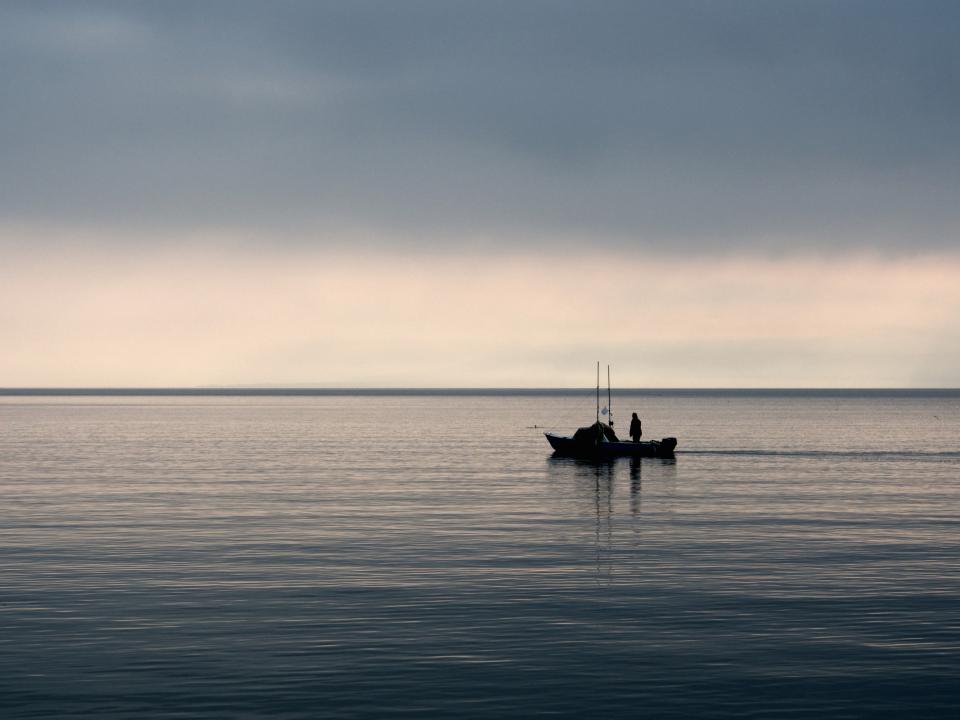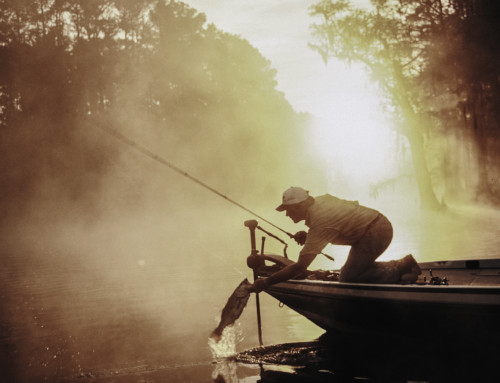Project Description
Canadian Sportfishing Industry Association Position Statement
Angler Access to Marine and Freshwater Fisheries
June, 2015
It is a long standing policy of the federal, provincial and territorial governments to allow anglers (and hunters) public access to public lands and waters for recreational purposes consistent with sound conservation principles. Throughout Canada fish and wildlife is held in common ownership by the government for the benefit of all people. Governments allow sustainable use of sport fish by law, not market pressures, land ownership or special privilege. The public has input into how these resources are allocated and the democracy of fishing as a responsible use of a public resource is emphasized. In the European Model fish and wildlife were allocated by land ownership and privilege. In North America anyone in good standing can participate. This policy is reflected in the principles of our Crown lands and waters, national and provincial parks and should be reflected in any decision to implement protected areas in public waters – especially no-take areas.
CSIA strongly supports scientifically based management of our marine and freshwater resources. Anglers (and hunters) fund conservation and lead all other groups in efforts to benefit fish and wildlife, including species that are not harvested. They have a long history of making sacrifices for the betterment of the resource. These accommodations have sometimes included targeted closures where the science has clearly indicated they are the best solutions to protect fish and sensitive habitat. Marine Protected Areas (MPA’s) and Freshwater Protected Areas (FPA’s) should be just one tool among the options available for effective fisheries management. Because they can be the most draconian strategy to prevent angler access the use of MPA’s and FPA’s should be considered only after conventional resource management measures have failed.
As with any good fishery management decision, discussions about measures that restrict angler access to public resources must involve an open public process free from all private financial influence, a solid scientific basis, and specific guidelines on implementation and follow up monitoring.
The establishment of any protected area regardless of its level of restrictions should:
- Be based on the best scientific information available,
- Include criteria to assess the conservation benefits of the closed area,
- Establish a timetable for review of the closed area’s performance that is consistent with the initial purpose for creating the closure,
- Allow for recreational fishing to continue whenever possible,
- Acknowledge and allow for the significant differences between the often severe impacts on habitat and fish populations from some commercial fishing harvest methods compared to the minimal effects from recreational fishing practices.
- Be based on an assessment of the benefits and impacts of the closure, including its size, in relation to other management measures (either alone or in combination with such measures), including the benefits and impacts of limiting access to: users of the area, overall fishing activity, fishery science, and fishery and marine conservation.


